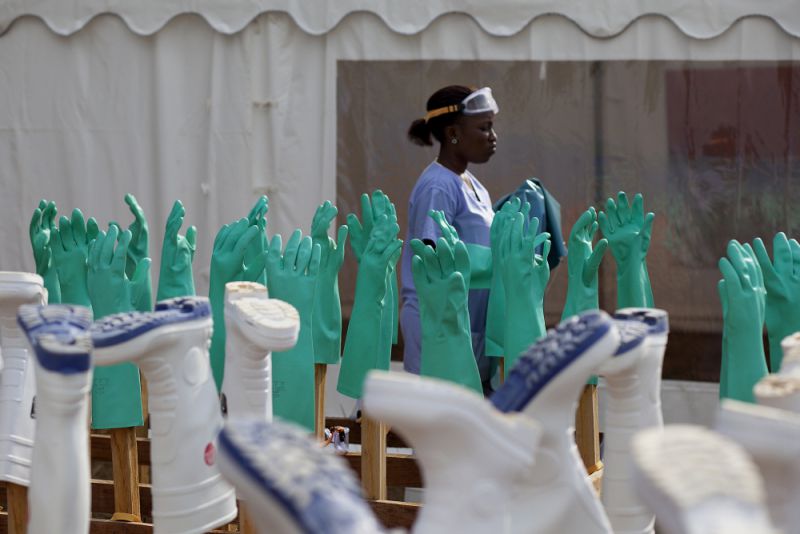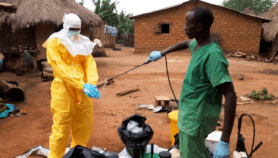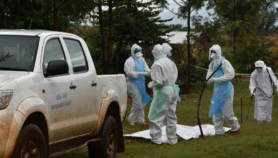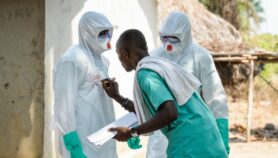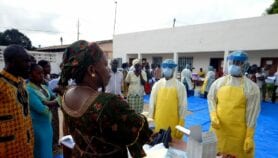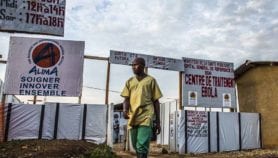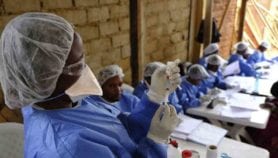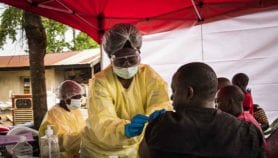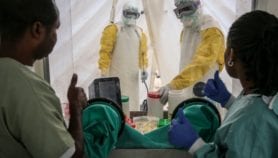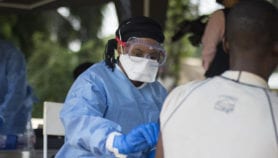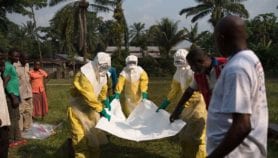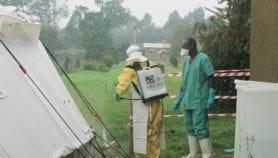By: Rohan Mehra
Send to a friend
The details you provide on this page will not be used to send unsolicited email, and will not be sold to a 3rd party. See privacy policy.
Last year’s Ebola outbreak spread fastest and was hardest to control in poor communities, says a study which argues that future efforts to combat highly infectious diseases should target such areas.
A paper published in PLOS Neglected Tropical Diseases at the end of 2015 showed that people in poorer parts of Montserrado county in Liberia — which contains the capital, Monrovia — were more likely to both catch Ebola and pass it on than those in wealthy neighbourhoods. Residents in areas of extreme poverty need rapid and high-quality healthcare interventions during outbreaks to contain epidemics quickly, it concludes.
“The paper implies a need for more investment, time and effort spent on improving health and education in urban communities.”
Elizabeth Hamann, International Rescue Committee
The study involved researchers from the Liberian ministry of health and Yale University in the United States. Together, they divided Montserrado into 324 neighbourhoods and classified them as low, middle or high income. They then created a data set from the more than 4,000 Ebola cases in the county and mapped this onto the corresponding neighbourhoods.
This data set included the timeframe for the onset, diagnosis and progression of Ebola in each patient, as well as instances of patients coming into contact with other people.
Ebola spread faster in the denser living conditions found in poorer areas than in other places, the study found. People with low socioeconomic status also had to travel further for healthcare — often on foot or by bus — than those of higher status, therefore coming into contact with more people before their illness was diagnosed and treated.
However, Elizabeth Hamann, a project director at the International Rescue Committee, a humanitarian aid organisation that worked in West Africa during the epidemic, says that support for poor communities must also focus on urban sanitation if future outbreaks are to be controlled better.
“Traditionally, much aid in Africa is for rural purposes, but in Liberia a third of people live in Montserrado county, where Monrovia is, and many people there lack essential sanitation and running water,” she says. “The paper implies a need for more investment, time and effort spent on improving health and education in urban communities.”
The study is the first to compare the wealth and resilience to disease of different communities within a West African country, the authors say. The team says that strong social bonds in poor communities could be used to help health authorities spread information about infection risks and create local healthcare networks.
“The paper reiterates there needs to be more focus on areas with lower socioeconomic status,” says Sebastian Funk, an infectious disease researcher at the London School of Hygiene & Tropical Medicine in the United Kingdom.
“That said, it’s not the case for all diseases, such as airborne flu, where there’s high rates of transmission”, meaning social class is less of a deciding factor for who gets sick. “So transmission is not something which depends on social status,” he says.
References
Mosoka P. Fallah and others Quantifying poverty as a driver of Ebola transmission (PLOS Neglected Tropical Diseases, 31 December 2015)


